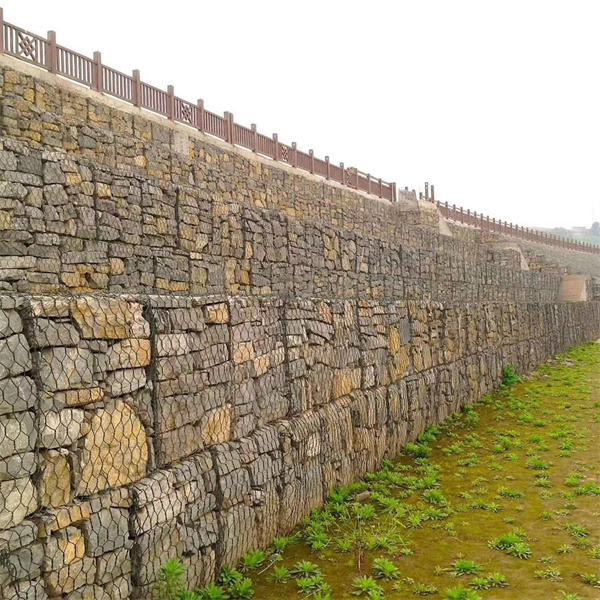Sep . 21, 2024 15:02 Back to list
high quality gabion wall on slope
Building a High-Quality Gabion Wall on a Slope
Gabion walls have gained popularity in contemporary landscaping and engineering due to their durability, aesthetic appeal, and versatility. Particularly effective for slopes, these walls are not only functional but can also enhance the natural beauty of a setting when constructed thoughtfully. In this article, we will explore the essential aspects of building a high-quality gabion wall on a slope.
Understanding Gabion Walls
Gabion walls are structures made from wire cages filled with stones, rocks, or other materials. The word gabion comes from the Italian term gabbione, meaning big cage. This type of wall is designed to retain soil and manage water runoff while allowing for drainage, making it highly effective for sloped areas.
Benefits of Gabion Walls
One of the primary benefits of gabion walls is their ability to withstand erosive forces, which is particularly important on slopes prone to landslides or erosion. The mesh cages filled with heavy rocks help to stabilize the soil by binding it together, thus preventing movement. Additionally, gabion walls are environmentally friendly, as they often use locally sourced materials and can blend seamlessly into their natural surroundings.
Key Considerations for Building on a Slope
1. Site Assessment Before beginning construction, a thorough assessment of the site is crucial. Understanding soil composition, drainage patterns, and vegetation will inform the design and layout of the gabion wall. Professional geotechnical advice may be beneficial in areas with challenging topography.
high quality gabion wall on slope

2. Design Planning Adequate design is fundamental for a stable gabion wall. The wall should be sloped backward into the hillside to ensure that pressure from the soil and water is distributed evenly. Furthermore, determining the height and length of the wall is vital, as higher walls require deeper foundations.
3. Material Selection Choosing high-quality materials is essential for longevity. The wire mesh should be resistant to corrosion and UV damage, while the rock fill should be compact and durable. Larger stones are often preferable to reduce the risk of shifting over time.
4. Drainage Solutions Managing water flow is critical when building on a slope. Incorporating drainage features, such as weep holes, will allow water to escape from behind the wall, reducing hydrostatic pressure. Proper drainage helps prevent the buildup of moisture that can lead to erosion and structural weaknesses.
5. Construction Techniques Careful construction is essential for the stability of the wall. It is advisable to work from the bottom up, layering the gabions and ensuring they are securely filled and locked together. Properly securing the wire mesh prevents rocks from shifting and helps maintain the wall's integrity.
Aesthetic Considerations
While functionality is key, aesthetics should not be overlooked. Gabion walls can be designed to complement the landscaping by incorporating various types of stone, colors, and sizes. Some homeowners even use plants to soften the look of the wall, creating a stunning visual appeal while promoting biodiversity.
Conclusion
In conclusion, constructing a high-quality gabion wall on a slope requires careful consideration of various factors including site assessment, material selection, drainage, and construction techniques. With the right planning and execution, a gabion wall can serve as a highly effective and visually pleasing solution for slope stabilization, blending harmoniously with the environment while providing long-lasting durability. By investing in a well-built gabion wall, homeowners and landscape designers can enhance both the functionality and beauty of sloped terrains.
-
Transform Your Outdoor Space with Gabion Fences
NewsApr.01,2025
-
The Versatility of Gabion Baskets for Your Projects
NewsApr.01,2025
-
The Importance of a Protective Net Sleeve for Your Valuable Investments
NewsApr.01,2025
-
The Benefits of Gabion Walls for Your Next Project
NewsApr.01,2025
-
Gabion Baskets
NewsApr.01,2025
-
Discover The Benefits of Protective Nets
NewsApr.01,2025
-
The Essential Guide to Gabion Supplies
NewsMar.12,2025






